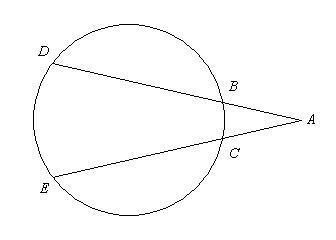
Mathematics, 27.08.2021 18:40 tassion3
The first five triangular numbers are shown, where n represents the number of dots in the base of the figure,
and d(n) represents the total number of dots in the figure.
When n = 1, there is 1 dot. When n = 2, there are 3 dots. When n = 3, there are 6 dots. Notice that the total
number of dots d(n) increases by n each time.
Use induction to prove that
d (n) = n(n+1)/2
Prove the statement is true for n = 1.


Answers: 1


Other questions on the subject: Mathematics


Mathematics, 21.06.2019 16:30, lilrel8602
Karen is financing $291,875 to purchase a house. she obtained a 15/5 balloon mortgage at 5.35%. what will her balloon payment be? a. $220,089.34 b. $219,112.46 c. $246,181.39 d. $230,834.98
Answers: 2


You know the right answer?
The first five triangular numbers are shown, where n represents the number of dots in the base of th...
Questions in other subjects:

Biology, 16.04.2020 04:44



Social Studies, 16.04.2020 04:44


English, 16.04.2020 04:44








